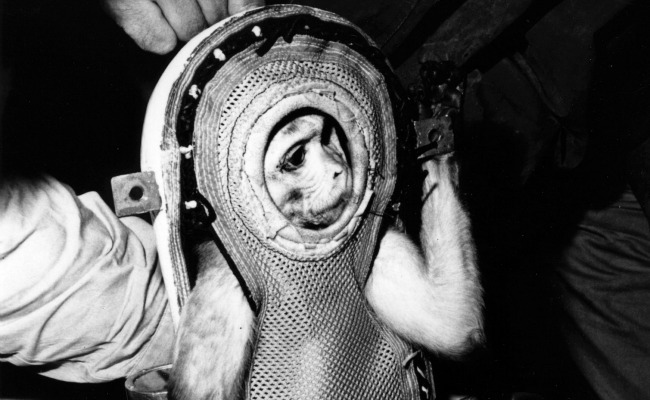
I regret to inform you that there is no fast-approaching death from the sky set to slam into the Indian Ocean or pummel the Earth on Nov. 13. The images of a fiery impact on your Facebook page lied to you. What is scheduled to fall to Earth is a 7-foot piece of unidentified space debris that will mostly burn up in the atmosphere before whatever is left of it splashes harmlessly into the Indian Ocean about 40 miles away from Sri Lanka.
Known as WT1190F (So, WTF? Close enough!), this technical UFO (it’s unidentified, it’s flying, and it is an object) was first spotted in 2012, but it seems that people forgot about it until recently, when it was rediscovered by astronomers at the Catalina Sky Survey, which is not affiliated with the Catalina Wine Mixer. How could science fail us so grandly as to stop tracking WTF? Or to rephrase: WTF, science? Well, it’s a Dikembe Mutombo-sized object floating out in the gargantuan wasteland of space, so I’m giving them a pass.
Where did it come from? Apparently, Earth (cue Twilight Zone theme). See, our more than half-century-long dalliance with space travel has resulted in a fair amount of space trash, and it seems that WT1190F may be some kind of remnant of our past glory. Or one pissed-off monkey.

While the click-bait orgy is a bit needless for what is likely going to be an inconsequential splash down, there is actual scientific value to this whole thing, according to a post by the European Space Agency.
“Observing and studying the re-entry will help improve orbital models and re-entry prediction tools, and can be used by scientists studying near-Earth objects (NEOs), such as natural asteroids, or the orbital decay of artificial objects such as satellites.”
What’s in it for you? Well, if scientists can learn to pinpoint where things falling out of the sky will land, it could, at least theoretically, allow more time for the evacuation of populated areas. Which is a good thing. So thank you, space garbage. We love you.
(Via The Daily Mail, The ESA)
